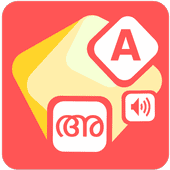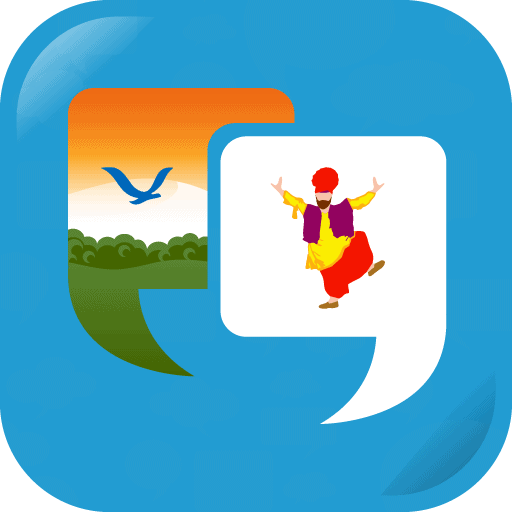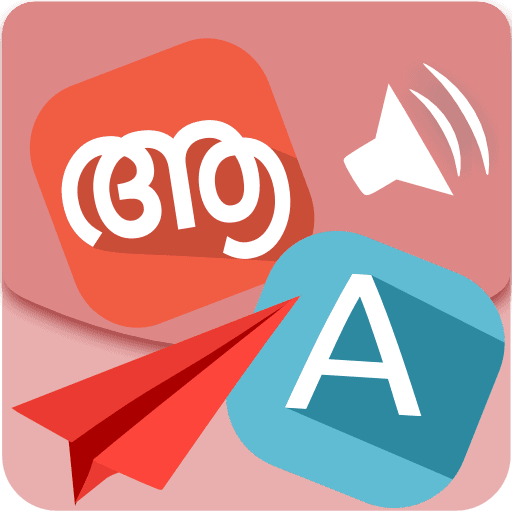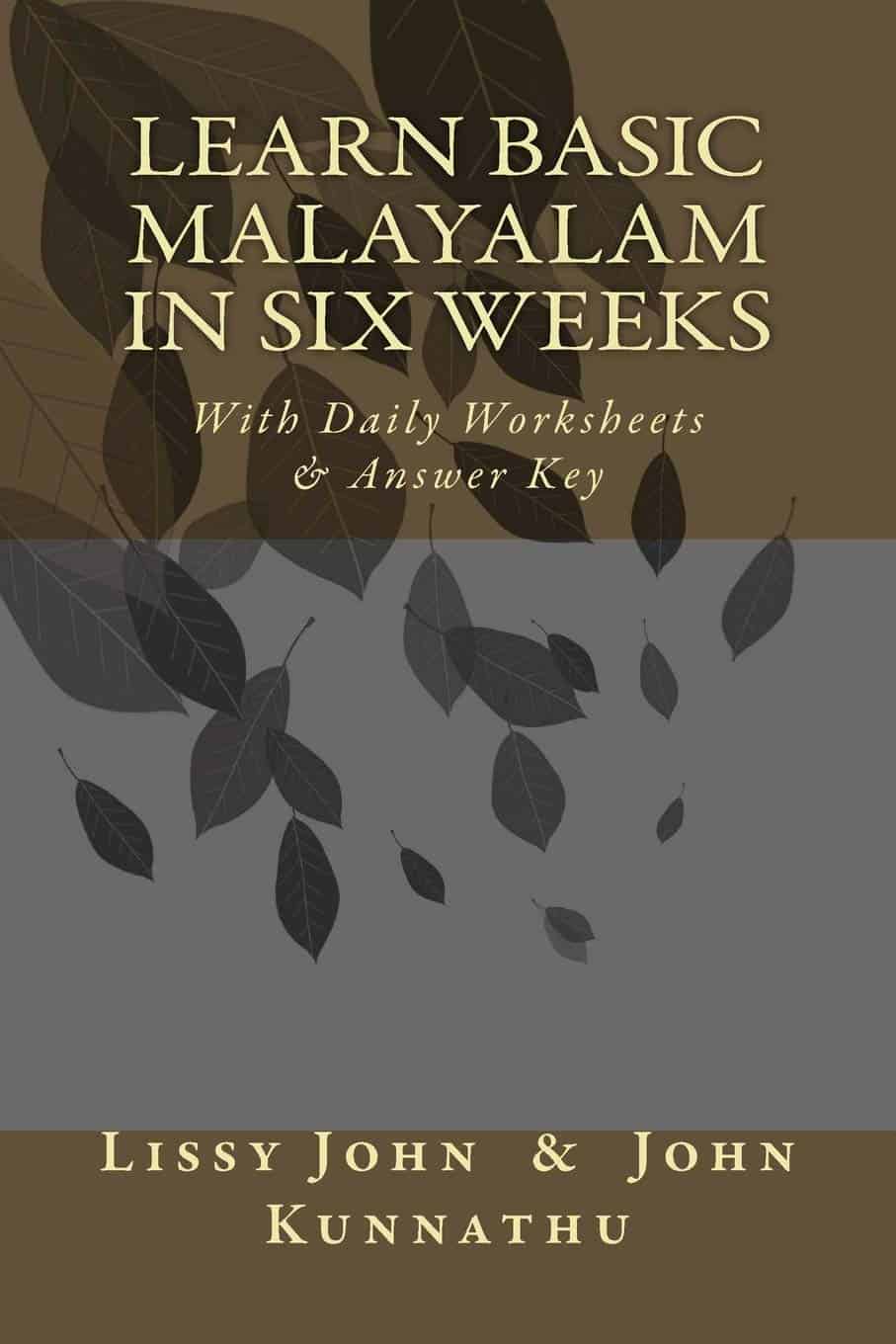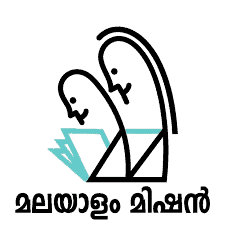Learn Malayalam Alphabets Audio Mini Review: Not Worth It
Learn Malayalam Alphabets Audio
Summary
The Learn Malayalam Alphabets Audio app from BigKnol is free and contains clear audio recordings. However, it’s not much use for learners. When you open the app, you’ll be able to access “vowels” and “consonants.” Each option takes you to a list of Malayalam symbols. Press the audio button to hear a recording of one. Alternatively, you can press the lightbulb button to see a picture of a word that is written with that symbol – sometimes. At other times, it will tell you “Ho! No Example!”. You don’t get to practice writing or even speaking the Malayalam script with this app, and there is no quiz or test, meaning that learning the symbols is up to you. In short, we just don’t see the point in using this app. There are far better alternatives available, such as Malayalam Aksharamala or Malayalam Alphabets.
Learn Malayalam Alphabets Audio Mini Review: Not Worth It Read More »

